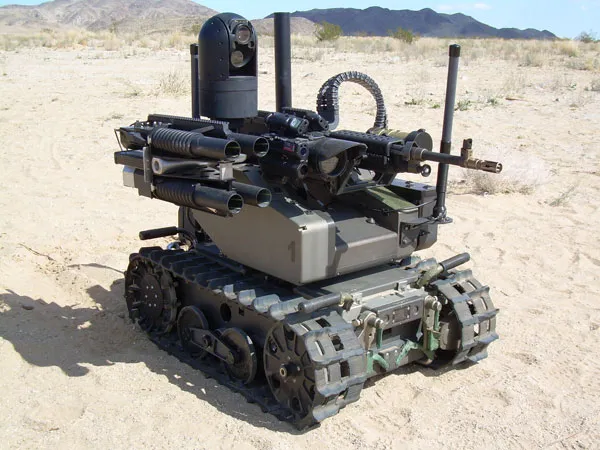-
Call us anytime
8121482389,
8897911862 -
Sales Enquiries
ainnotechindia@gmail.com,
info@aitwater.com
Unmanned vehicles, also known as autonomous or remotely piloted vehicles, are revolutionizing industries by performing tasks in environments that are difficult, dangerous, or time-consuming for humans. These vehicles span across various domains such as air, ground, surface, and underwater environments and are commonly integrated with advanced technologies such as sensors, cameras, and communication systems for remote or autonomous operation. Below is a detailed look into the different categories of unmanned vehicles, along with specific examples
UAVs, or drones, are aerial vehicles that can operate without a human pilot on board. They are used in numerous applications such as surveillance, aerial mapping, agricultural monitoring, and military operations.

.webp)

Drone.png)

UGVs operate on land and can be either remotely controlled or fully autonomous. They play a critical role in agriculture, military, and industrial operations.




USVs are autonomous or remotely controlled vehicles that operate on the water’s surface, enabling safe and efficient exploration and monitoring of aquatic environments.


UUVs are deployed underwater for exploring the depths of oceans, lakes, and rivers, often performing tasks that are too dangerous or difficult for human divers.

.webp)

These hybrid vehicles combine features from both aerial and ground vehicles, allowing for versatile operation in different environments.

Many of these unmanned vehicles are integrated with IoT technologies, enabling real-time data transmission, cloud-based analytics, and remote operation. IoT enables these systems to work together seamlessly, improving coordination in operations such as:


Unmanned vehicles are transforming industries across the globe by offering innovative, automated, and intelligent solutions to complex challenges.